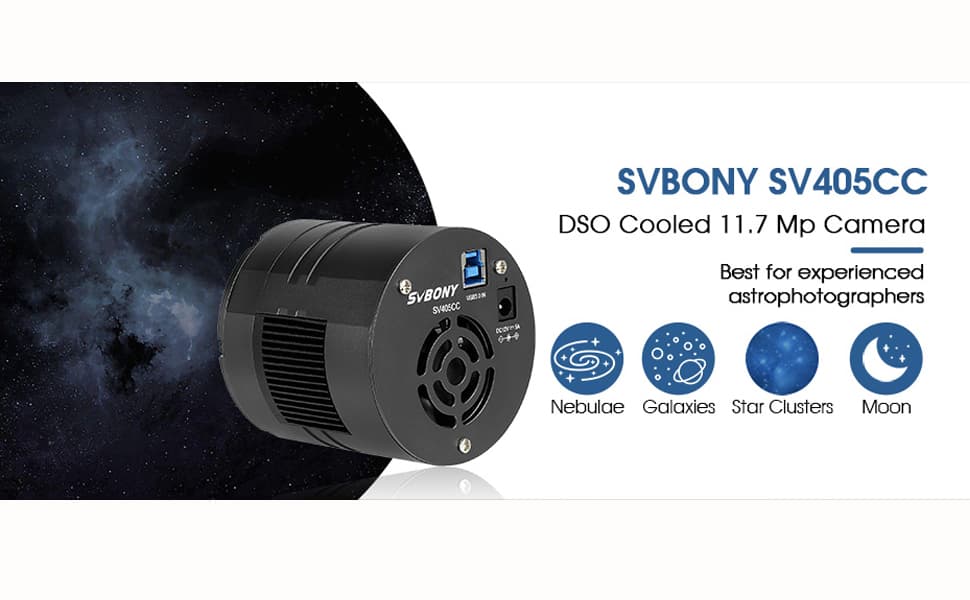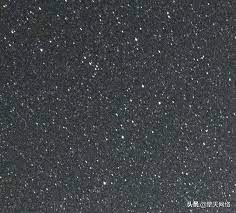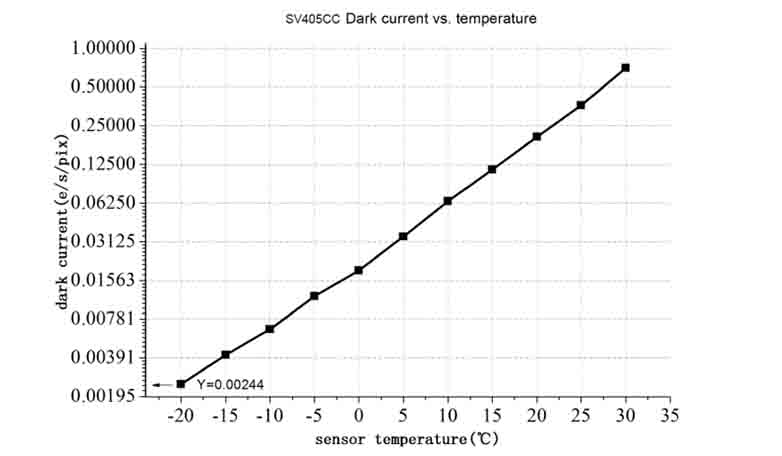Blog
Table of Contents

Why Is The Cooling System So Important To Deep Sky Photography
Hello, everyone. Today we are talking about the astronomy camera necessary equipment for the DSO.
As we all know, the deep-sky objects, in a faint way, existing in the universe, require a longer exposure time to show the detail, shooting those deep-space targets such as nebulae, galaxies, clusters, etc, a few hours of exposure is normal. (Take a cup of tea and wait for the result after setting the exposure time )
Pleiades cluster M45 Simon Mcnally
SV503 102ED + SV193 focal reducer
2 hours exposure

The lasting work of the astronomy camera will cause it to overheat and even crash. Moreover, it also leads to heavy read noise on the chip because of the continued heat of the camera. Like the picture:

So a cooled camera is necessary for the DSO. SV405CC is SVBONY's first cooled camera for deep space astrophotography.
The TEC cooling system of the SV405CC camera can precisely control the temperature of the sensor. Different from the traditional CCD, the SV405CC camera has ultra-low readout noise, efficient cooling, and adjustable gain. It is no longer necessary to use ultra-long exposures to capture targets, which greatly reduces the requirements for the camera system and guide star system. However, if short exposures are used (e.g. less than 100ms), cooling has little effect on the image. The cooling system can be set to a minimum of 35~40°C below the ambient temperature (Tested based on the ambient temperature of 30°C). Please note that the maximum temperature difference may fluctuate after pro-longed use. Meanwhile, when the ambient temperature decreases, the cooling temperature difference will also decrease accordingly. The figure below is the dark current curve of the SV405CC sensor between -20°C and 35°C.
Thanks to the two-stage TEC cooling, the SV405CC can lower the CMOS sensor temperature to 30 degrees Celsius below ambient temperature, which can greatly reduce dark current generation and sensor noise even during long exposure times.

Attention:
The cooling function needs to be connected to a 12V external power supply to start the cooling. Set a cooling time, that is, the cooling temperature is reached within the appointed time. Generally, it is set for more than 3 minutes.
A slow transition is required for the camera to cool down to the minimum temperature.
The cooling function needs to be connected to a 12V external power supply to start the cooling. Set a cooling time, that is, the cooling temperature is reached within the appointed time. Generally, it is set for more than 3 minutes.
A slow transition is required for the camera to cool down to the minimum temperature.


There are no customer reviews yet . Leave a Reply !